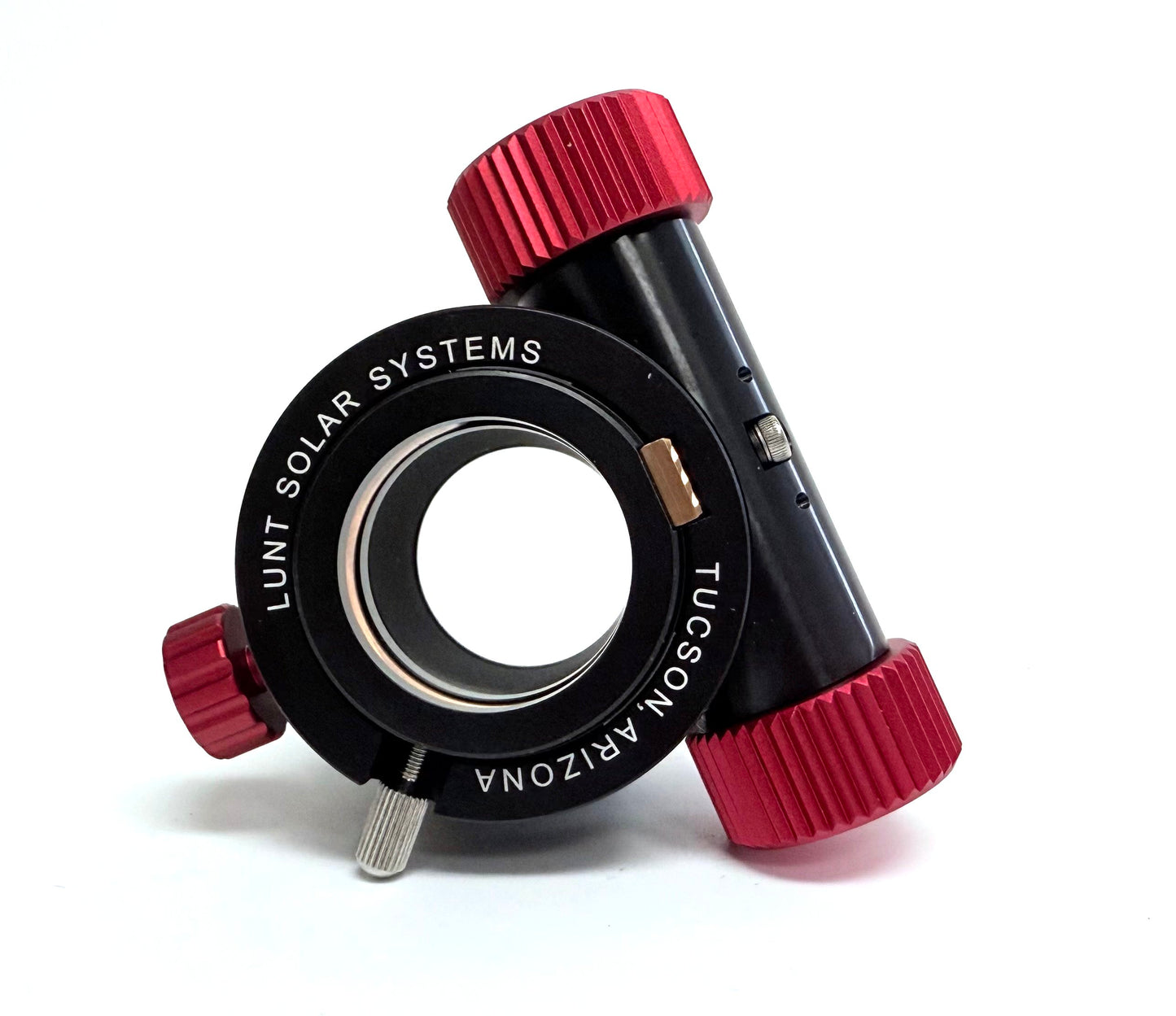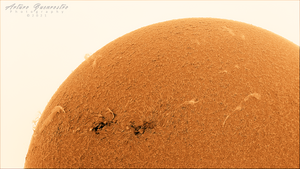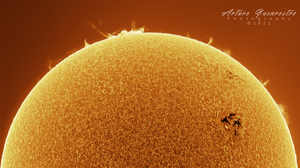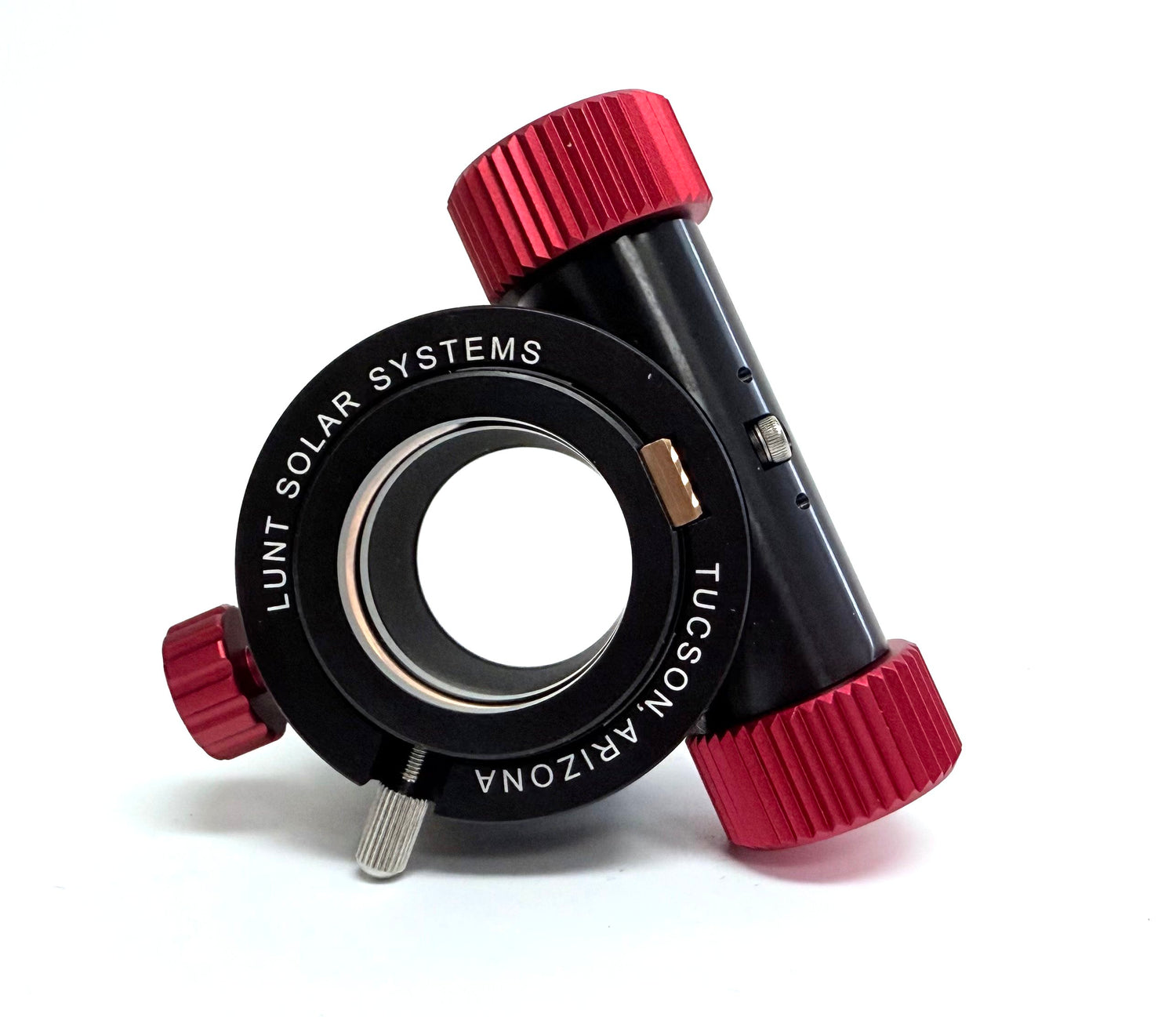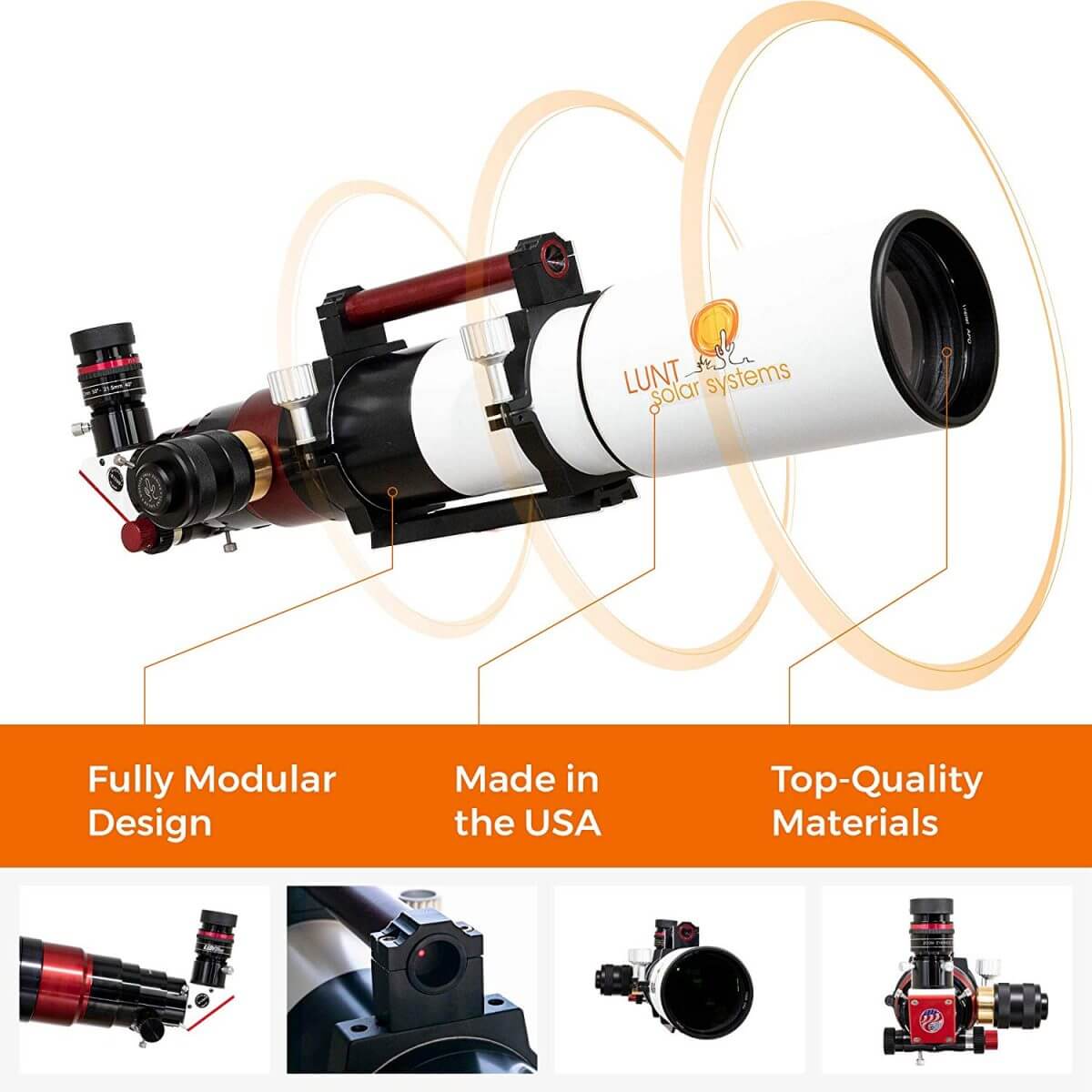Focusing mechanisms represent a critical interface between primary optical systems and observation equipment in telescopic applications. While helical focusers have historically been employed in entry-level and solar telescope systems, their inherent mechanical limitations significantly compromise optical performance. Common deficiencies in helical focuser design include excessive backlash, limited load capacity, mechanical instability under thermal cycling, and inadequate precision for high-magnification applications.
The transition from helical to rack and pinion focusing systems addresses these fundamental limitations through superior mechanical design principles and precision CNC manufacturing techniques.
Technical Specifications and Design Analysis
Mechanical Construction
The Lunt Solar 1.25" focuser employs CNC-machined aluminum and brass components, providing optimal thermal expansion characteristics and corrosion resistance for even the most rigorous astronomical applications. The choice of high quality materials reflects our ongoing commitment to the continued production of world class products.
Rack and Pinion Assembly
The focusing mechanism utilizes a precision rack and pinion drive system capable of supporting 6-8 pounds of equipment load. This load capacity represents a significant improvement over typical helical focusers, which commonly exhibit structural failure or excessive deflection under loads exceeding 2-3 pounds.
Key Specifications:
-
Focuser Size: 1.25"
- Draw Tube Drive: Rack and Pinion
- Draw tube travel: 0.5"
- Rotatable: Yes
- Compression Ring: Yes
- Positioning accuracy: ±0.002 inches (±0.051mm)
- Load capacity: 6-8 pounds (2.7-3.6 kg)
- Backlash: <0.001 inches when properly adjusted
- Materials: CNC machined Aluminum and Brass
Internal Brake System
The integrated brake system addresses gravitational moment loading through a controlled friction mechanism.
- Variable drag control
- Consistent friction characteristics
- Positive locking capability
- Reduced mechanical stress when locked
This design eliminates the focus drift commonly experienced with helical focusers, where thread wear and thermal expansion create unpredictable positioning errors.
Compression Ring Clamping System
The focuser incorporates a brass compression ring system for accessory retention, replacing conventional set screw mechanisms. This approach provides several technical advantages:
-
Uniform clamping force distribution around the full circumference of inserted accessories
-
Elimination of point-stress concentrations that can damage precision optical components
-
Reduced risk of optical misalignment due to asymmetric clamping forces
-
Improved repeatability in accessory positioning
Performance Comparison: Rack and Pinion vs. Helical Systems
Precision and Repeatability
Helical focusers suffer from inherent precision limitations due to thread manufacturing tolerances and wear characteristics. Typical helical systems exhibit:
- Backlash values of 0.005-0.015 inches
- Non-linear focus response due to thread irregularities
- Progressive degradation in precision over operational life
In contrast, the Lunt rack and pinion system maintains consistent precision through its mechanical advantage design and precision manufacturing tolerances.
Load Handling Capability
The fundamental weakness of helical focusers lies in their inability to support modern astronomical accessories. Heavy eyepieces, filter wheels, and imaging equipment create moment loads that exceed the structural capacity of threaded focusing mechanisms, resulting in:
- Focus position drift under equipment load
- Mechanical binding in threaded interfaces
- Accelerated wear and eventual failure
The rack and pinion design distributes these loads across multiple engagement points, providing superior structural integrity.
Applications and Compatibility
The Lunt Solar 1.25" focuser is specifically designed for retrofit applications where helical focusers have proven inadequate. Primary applications include:
-
Solar telescope systems requiring precise focus control for imaging and visual observation
-
Refractor telescopes where helical focuser limitations compromise performance
-
Astrophotography setups demanding repeatable focus positioning
-
High-magnification applications where mechanical stability is critical
For astronomical systems currently limited by helical focuser performance, the upgrade to rack and pinion technology provides immediate and measurable improvements in optical performance and operational reliability.
